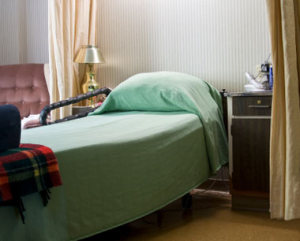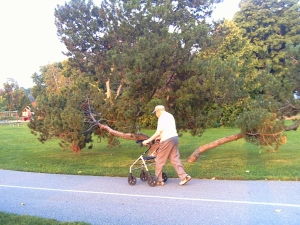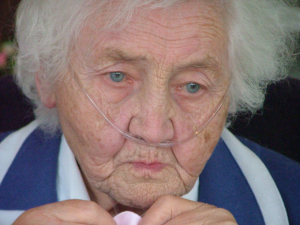 If California nursing home employees go on strike, who will provide care for patients residing in the facilities? Should families of those patients have concerns about nursing home neglect? According to an article in the Marin Independent Journal, sixty nursing home workers went on strike last month in San Rafael following a string of nursing facility violations from government regulators. The strike was aimed at forcing the nursing facility to cease its understaffing practices and to encourage a work environment in which providing a threshold level of care for patients is among the most important logistics of running the facility. Even if such a strike is intended to improve conditions, who cares for patients while employees are on strike?
If California nursing home employees go on strike, who will provide care for patients residing in the facilities? Should families of those patients have concerns about nursing home neglect? According to an article in the Marin Independent Journal, sixty nursing home workers went on strike last month in San Rafael following a string of nursing facility violations from government regulators. The strike was aimed at forcing the nursing facility to cease its understaffing practices and to encourage a work environment in which providing a threshold level of care for patients is among the most important logistics of running the facility. Even if such a strike is intended to improve conditions, who cares for patients while employees are on strike?
Understaffing and High Turnover Limits Quality of Care
The recent strike occurred at San Rafael Healthcare and Wellness Center, which is owned by Brius Healthcare Services. With more than 80 facilities in California, Brius is the largest nursing home chain in our state. For the last 18 months, employees of the nursing home have been working without having a contract. Why are employees working without a contract? About a year and a half ago, those workers rejected the terms of a union-negotiated contracted because it did not do enough to deal with the serious understaffing problem at the facility.
 Southern California Nursing Home Abuse Lawyer Blog
Southern California Nursing Home Abuse Lawyer Blog





 Aimed at Preventing Falls
Aimed at Preventing Falls


 Abuse and Neglect
Abuse and Neglect






